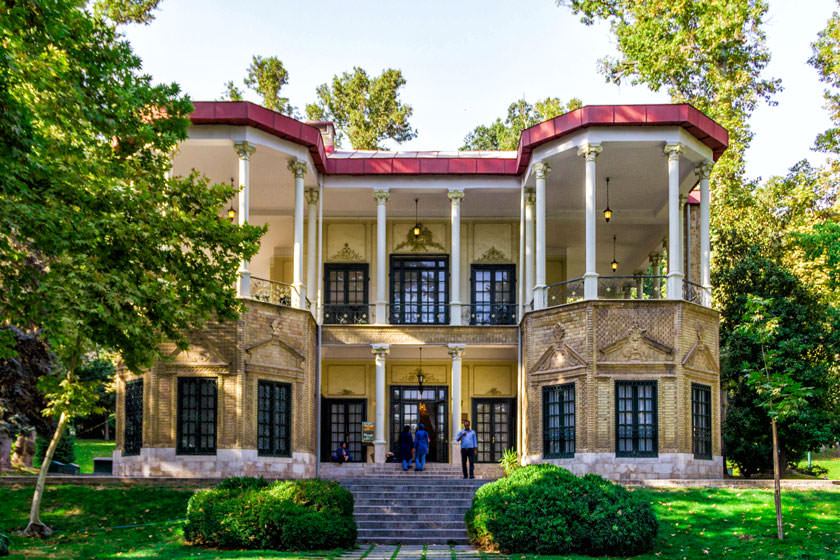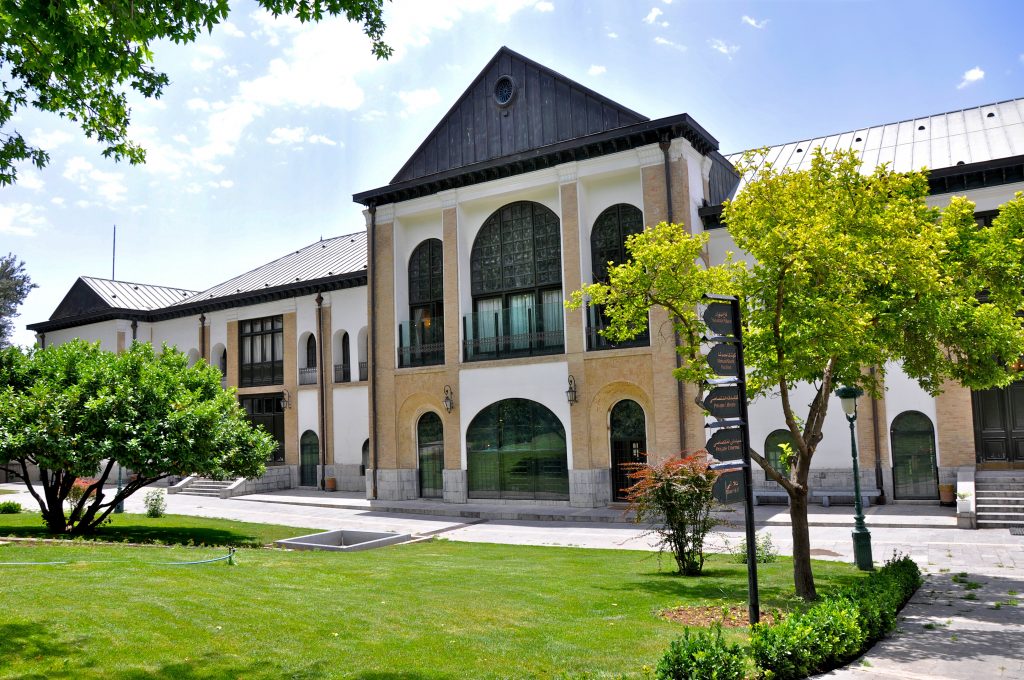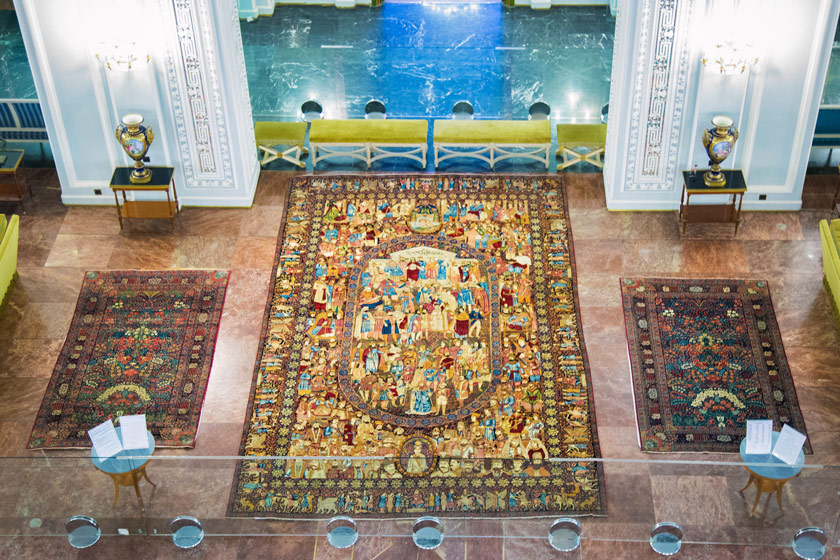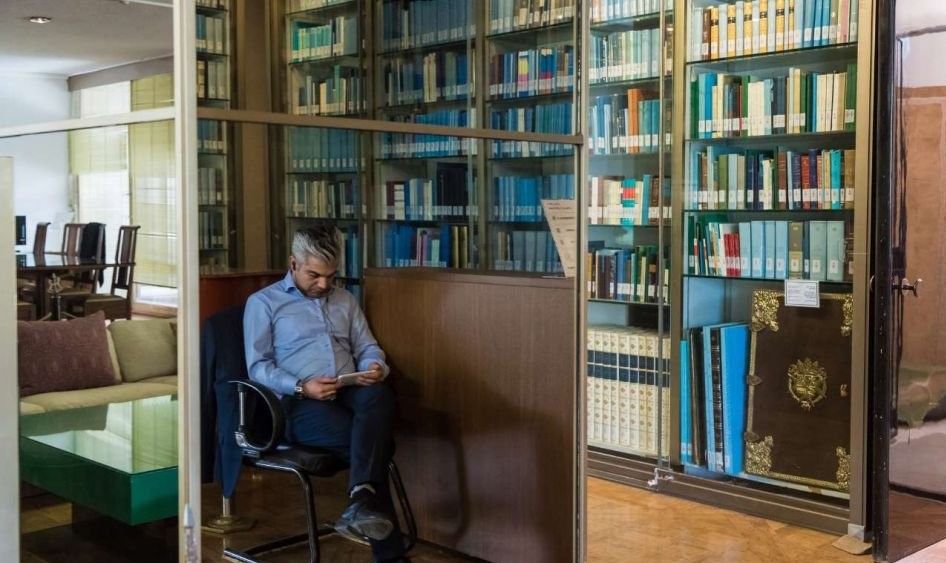Introduction to the Niavaran Palace Complex
The palaces are among the most mysterious and fascinating places in cities. They mostly include massive buildings that contain many rooms and nested corridors that hold thousands of stories. These eye-catching attractions both take you to the pinnacle of glory and magnificence. Also, remind us of the mortality of a glittering life. One of these palaces, which looks like a museum is a journey through time for us, is Niavaran Palace!
The Niavaran Palace is one of the spectacular palaces that was once the residence of hundreds of people. There are different stories from kings and princes to ambassadors and servants. The palace is located in the northeast corner of Niavaran Garden at north east of Tehran. It is one of the oldest and biggest historical buildings due to its vastness and antiquity.
What does Niavaran mean? The area of Niavaran was a place of reeds (Neizar) from which people collected and brought straw (Nei). Therefore, the original name of this region was Nei Avaran (straw collection). A name that is not very compatible with the current image of the area.
Today, the first description you see of the area is aristocratic; And Niavaran Palace won’t have a description better attribute than this. Niavaran Palace is perhaps the most aristocratic palace of several generations of Iranian kings from Qajar to Pahlavi.

The Niavaran Palace during the Qajar period
Niavaran Garden was the summer garden of Fath-Ali Shah Qajar, the second Qajar king. In the garden, Mohammad Shah Qajar built a small palace. After him, Nasser al-Din Shah constructed the palace of Saheb Qaraniyeh. At that time, every 30 years was a century. Nasser al-Din Shah established Saheb Qaraniyeh Palace in the 31st year of his reign. As a result, the Qajar Shah called himself “Saheb Qarn” (the owner of the century).
Apart from its attractiveness, the palace has also been significant from a historical point of view. It was here that Mozaffar ad-Din Shah signed the constitutional decree. Some references mention that the soundproof rooms were the venue of some of the most important negotiations.
The Ahmad Shahi Pavilion was the last building built in the garden during the Qajar period. Mohammad Reza Shah later used the stunning building as an office. At other times, it was the office of high-ranking military personnel. Also, during the second Pahlavi era, it was a place for semi-formal parties and hosted foreign guests and diplomats.

The prosperity of Niavaran Palace in the Pahlavi era
But the story of Niavaran Palace is not only in the Qajar period but also in the Pahlavi period. Mohammad Reza Pahlavi replaced the small palace that Fath-Ali Shah built at Niavaran Garden by a new one. The construction of the new palace began in 1958 A.D and ended in 1967 A.D after nine years. The building is impressive in size and architecture. It includes an area of about 9,000 cubic meters and consists of two floors and a mezzanine. Engineer Mohsen Foroughi designed the Niavaran Palace.
The building was for the arrival and reception of foreign guests. But, it became a permanent residence for the royal family and the last queen’s tastes are available everywhere. The palace got a conception from the Petit Trianon mansion in Versailles.
The architecture of the Niavaran Palace complex
The palace is located in the middle of the garden and on the northeast side of Niavaran Garden. In front of it, geranium vases decorated the large round pool all around. The palace is a white building with two facades. The lower part of the building shines with a brick facade. Also, there are tall windows and large brown doors all over the balcony. What shows the magnificence of the building the most is the stunning and eye-catching tiles used in the palace.
Niavaran Palace is two floors and a half-floor one. On the ground floor, various rooms surrounded a large foyer. The first thing that catches the eye of any spectator is the high ceiling and delicate Stucco on the walls.
The floor of the foyer with dark and shiny stones in combination with white colour shows a spectacular attractiveness. Besides, a large wooden window at the entrance gain attentions. What makes Niavaran Main Palace a specific palace is a movable roof.

Interior decorations of the Niavaran Palace
When you enter the main palace, you will see an exquisite carpet called the famous carpet. Kermani people weaved the carpet in the late Qajar period. The carpet depicts the faces of the past kings of Iran . On the floor, a small exhibition called “Childhood Remembrance” is a remembrance of the last king family.
Decorations of both sides of the first-floor hall are with precious and old objects. It include exquisite Persian decorative carpets, a few pieces of furniture, sculptures, and vases.

Space inside the Niavaran Palace
The private cinema hall is one of the most attractive places in the palace. There is a large hall including a large screen with cream curtains and velvet-green furniture to watch movies. There are many carpets on the floor to prevent noise.
In the dining room of Niavaran Palace, there is a large wooden table with red chairs all around. On the table are porcelain dishes from the Serves factory of France and Rosenthal of Germany.
On the half-floor, there is a study room, a conference room, the office of Farah Diba’s secretary, and etc. Also, on the third-floor stand Mohammad Reza Pahlavi’s bedroom and lounge, Farah Diba’s dressing room, and etc. There are also valuables, old furniture and appliances, porcelain sculptures, Iranian and foreign paintings, and Farah Diba’s gorgeous jewellery.
The unique Library and Museum of Classic Cars in Niavaran Palace
Farah Diba also ordered the construction of a detailed library that Abdol-Aziz Farmanfarmaian constructed. He was a famous architect and one of the founders of the Iranian engineering system. He built the library with the most modern structures and the up-to-date designs of the 70s A.D.
Parvin E’tesami, the famous Walt Disney, and Jawaharlal Nehru have donated works to the Niavaran Palace Library. Also, Bahman Mohasses and Professor Parviz Tanavoli have decorated the aristocratic library with their brilliant works. The library is unique in terms of architecture, design, decoration, and interior design. Also, in terms of musical instruments (such as a piano) and cultural richness (including 23,000 books).
Who would not love to see the super-luxury automobiles of the 70s A.D? Those who love classic cars and heavy motors would like the Palace Car Museum more than any other place. There is a collection of old and expensive cars and motors in the Niavaran Palace Museum of Classic Cars.


